Alfama Tour
One of the most emblematic and traditional places in Lisbon, Alfama preserves, in its steep and narrow streets, in its stairways, in its nooks and crannies and squares, in the views of the river and the houses, in the churches and fado houses and in the streetcar tracks that go up and down its hills of colorful houses all the mystique and all the soul of a city. Where fado was born and can still be heard on every street corner. The Fado Museum where the visitor is invited to learn about the history of Fado from its genesis in the nineteenth century to the present.
Winter Time - October to March
First 2 persons 80 euros, additional persons 20 euros each
Saturday and Sunday: 9.30am and 1.30pm
3 hours


Cathedral of Lisbon
The Cathedral of Lisbon was not always known by this name being in other times dubbed Church of Santa Maria Maior. Its construction was the responsibility of D. Afonso Henriques and its beginning dates to the year 1150, after three years of the conquest of the city to the Moors.
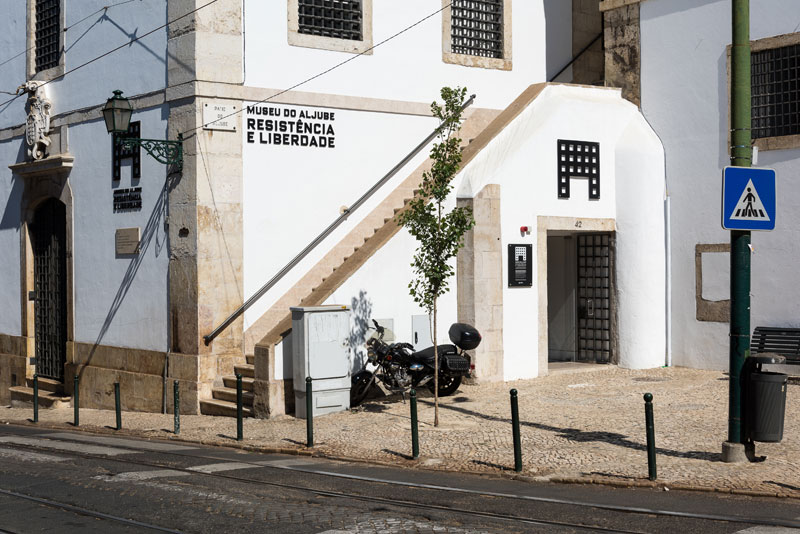
Aljube Museum
The Aljube building (from the Arabic “al-jubb” – well without water, cistern, dungeon or prison) goes back to the Roman and Islamic period, almost always being a prison: ecclesiastical jail, women prison and political prison from 1928 to 1965.

Church of St. Anthony
This church stands on the spot where St. Anthony was born, before he left the world as a preacher, eventually dying in Padua. The present temple was built in 1767 in the place where there was a chapel from the XV century. It was visited by Pope John Paul II in 1982.

Viewpoint Santa Luzia
The Mirador de Santa Luzia has a wide view over Alfama and the Tagus River. The characteristic points, from left to right, are the dome of Santa Engrácia, the Church of Santo Estêvão and the two white towers of the Church of São Miguel.
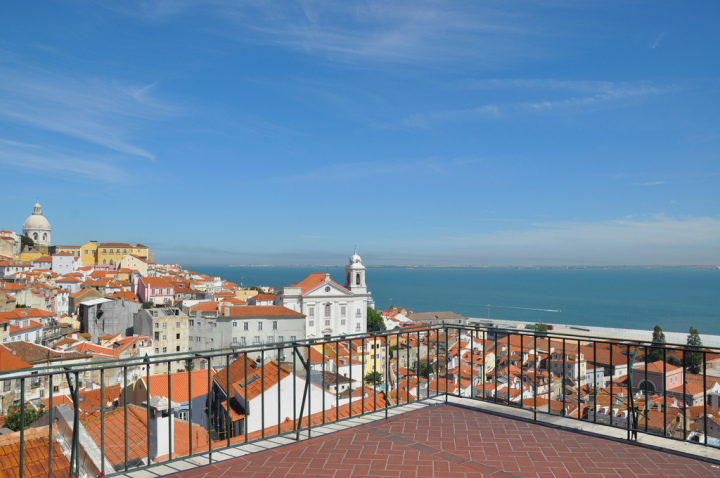
Viewpoint Portas do Sol
In the historical quarter of Alfama, derives its name from the old Porta do Sol, integrated in the Moorish fence of Lisbon that existed in this place, ruined in the earthquake of 1755.

Mural of Amália Rodrigues
The artist Alexandre Farto, who signs as Vhils, created the face of Amália Rodrigues in Portuguese sidewalk, in collaboration with the shoemakers of the Lisbon City Council
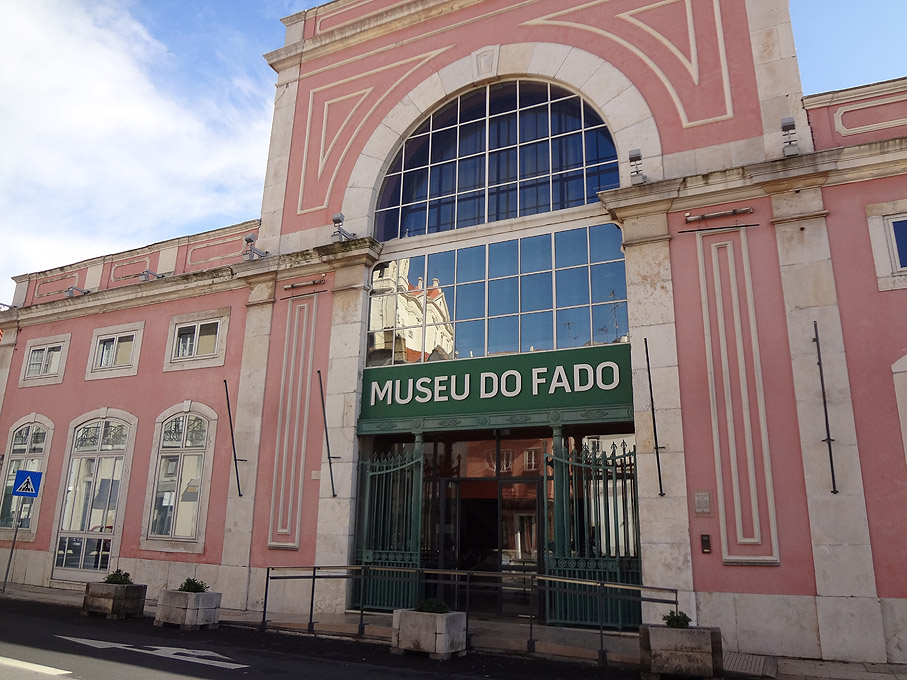
Fado Museum
Fully dedicated to the universe of Lisbon’s urban song, the Fado Museum opened its doors to the public on September 25, 1998, celebrating the exceptional value of Fado as an identifiable symbol of the City of Lisbon.
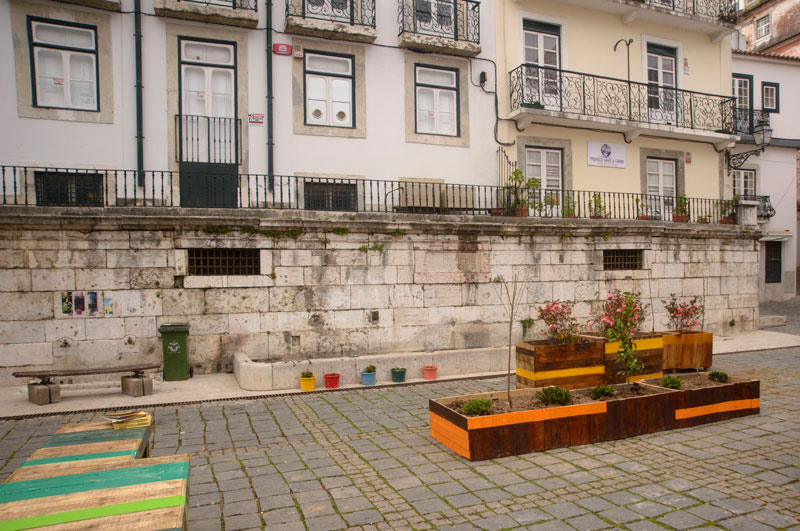
Chafariz de Dentro
It is probably the oldest fountain in Lisbon. It was called the Fountain of Horses. Fernão Lopes reports that his bronze spouts were horse heads, which were stolen by Castilian troops.

Chafariz D’El Rei
It is believed that the origin of the Chafariz d’El-Rei dates back to Muslim times. It is certainly one of the oldest fountains in the city, is from the reign of D. Dinis that happens to be designated by Chafariz D’El-Rei.
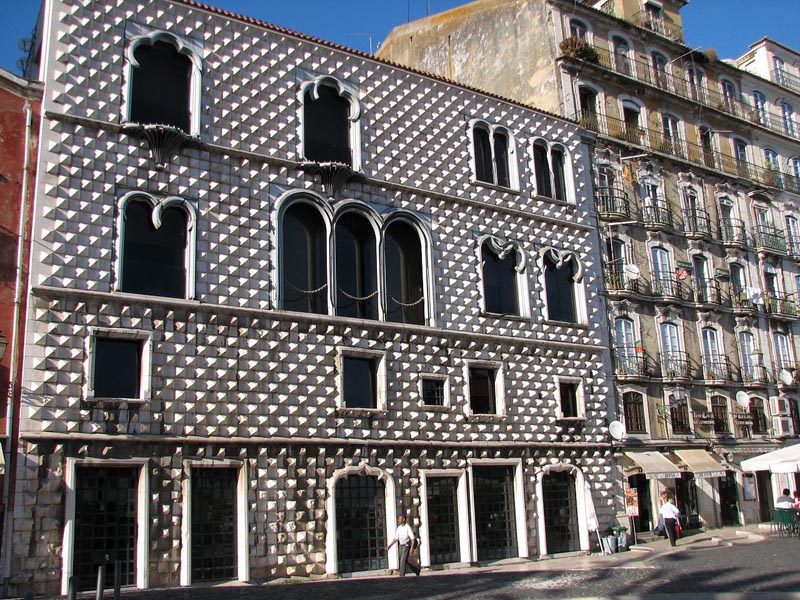
Casa dos Bicos
Casa dos Bicos was built between 1521 and 1523, by order of Brás Albuquerque, son of the second Vice-King of India and second project attributed to Francisco de Arruda. Following the earthquake of 1755, it suffered profound destruction.
